Home>Gardening & Outdoor>Plant Care & Gardening Tips>What Is The Native California Plants With Medicinal Properties
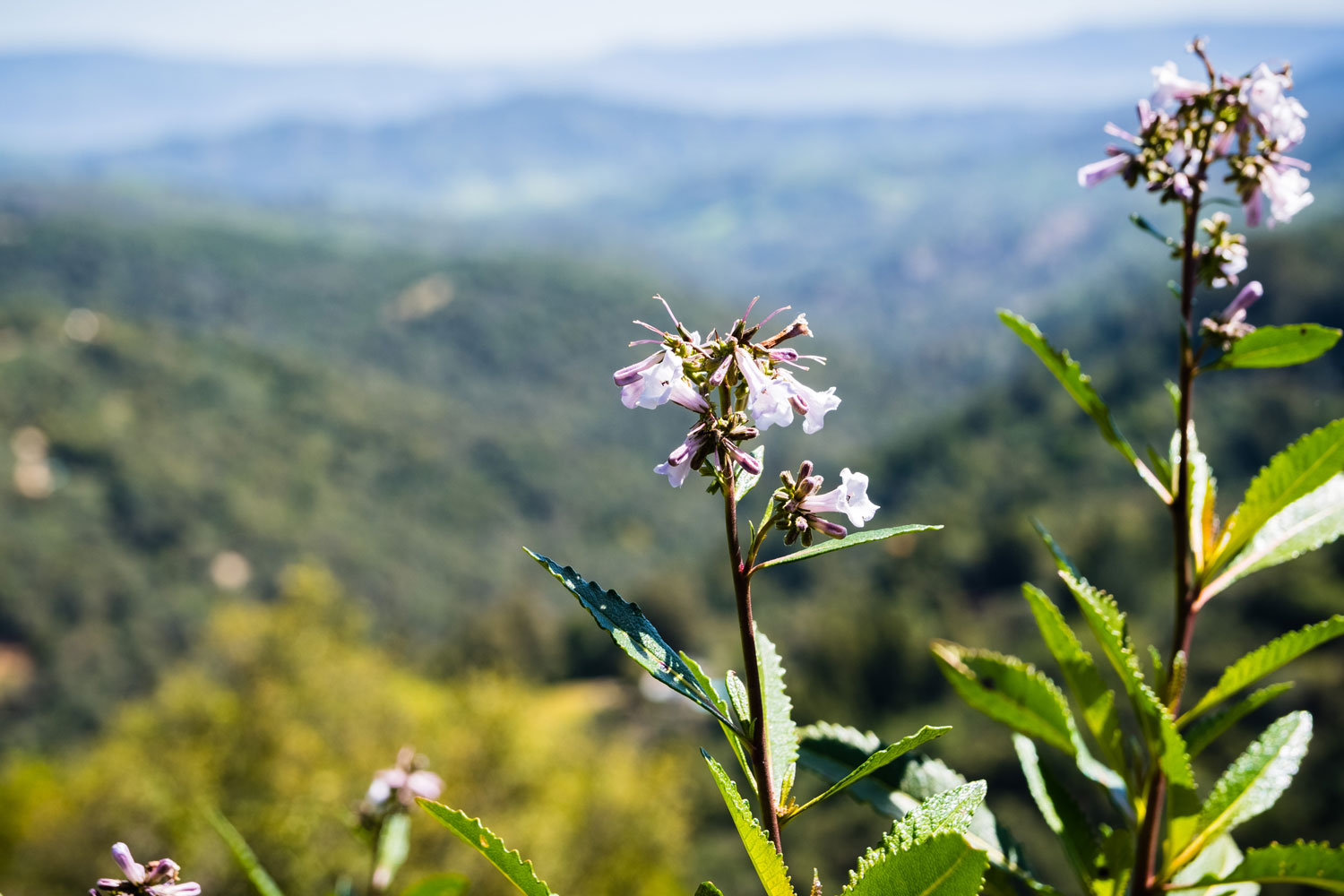

Plant Care & Gardening Tips
What Is The Native California Plants With Medicinal Properties
Published: December 25, 2023
Discover the native California plants with medicinal properties and learn plant care and gardening tips to harness their natural benefits. Explore the healing power of these indigenous plants.
(Many of the links in this article redirect to a specific reviewed product. Your purchase of these products through affiliate links helps to generate commission for Storables.com, at no extra cost. Learn more)
Introduction
Welcome to the diverse world of native California plants with medicinal properties! California's rich and varied ecosystem is home to a plethora of plant species that have been utilized for their healing properties for centuries. The traditional knowledge and uses of these plants have been passed down through generations, contributing to the cultural heritage of the region.
In this article, we will embark on a fascinating journey through the native California flora, exploring the significance of these plants and their traditional medicinal uses. From the coastal chaparral to the majestic redwood forests, California's natural landscapes offer a treasure trove of botanical wonders, each with its own unique healing potential.
Join us as we delve into the traditional uses of medicinal plants in California, discover some of the common native species renowned for their therapeutic benefits, and learn how to harness the power of these plants for personal well-being. Additionally, we will explore the importance of conservation and sustainable practices to ensure the preservation of these invaluable botanical resources for future generations.
So, grab your virtual hiking boots and get ready to explore the remarkable world of native California plants with medicinal properties. Whether you're a plant enthusiast, a nature lover, or someone seeking natural remedies, this journey promises to be both enlightening and enriching. Let's embark on this botanical adventure and uncover the wonders of California's native medicinal plants together!
Key Takeaways:
- Discover the diverse world of native California plants with medicinal properties, cherished for their healing potential and cultural significance, rooted in centuries of traditional wisdom.
- Embrace the traditional and contemporary uses of native California medicinal plants, honoring indigenous healing traditions, fostering ecological stewardship, and exploring the potential for holistic well-being.
Read more: What Is A Native Plant In California
The Importance of Native California Plants
Native California plants play a crucial role in the state’s ecosystem, contributing to its biodiversity and providing valuable resources for both humans and wildlife. These plants have adapted to the specific environmental conditions of California, making them uniquely suited to thrive in the region’s varied landscapes. Their significance extends beyond their ecological roles, as many native plants possess medicinal properties that have been esteemed by indigenous cultures and modern herbalists alike.
From a botanical perspective, native plants are essential for maintaining the delicate balance of California’s ecosystems. They provide food and shelter for native wildlife, support pollinators such as bees and butterflies, and contribute to soil stability and nutrient cycling. Additionally, native plants are often more resilient to local pests and diseases, reducing the need for chemical interventions and promoting overall ecosystem health.
Furthermore, the cultural and historical importance of native California plants cannot be overstated. For centuries, indigenous communities in California have relied on these plants for sustenance, medicine, and ceremonial purposes. The traditional knowledge surrounding the identification, harvesting, and preparation of medicinal plants has been passed down through generations, representing a vital aspect of California’s cultural heritage.
As awareness of the ecological and cultural significance of native plants grows, there is a renewed interest in incorporating them into sustainable landscaping and restoration projects. By utilizing native plants in garden designs and restoration efforts, individuals and organizations can contribute to the preservation of California’s botanical heritage while creating landscapes that are both aesthetically pleasing and ecologically beneficial.
From a medicinal standpoint, native California plants offer a natural pharmacopeia that has the potential to enhance human health and well-being. The therapeutic properties of these plants have been studied and celebrated for their diverse applications, ranging from soothing skin ailments to supporting overall vitality.
As we continue our exploration, we will delve deeper into the traditional uses and medicinal properties of native California plants, shedding light on their remarkable contributions to human health and the natural world.
Traditional Uses of Medicinal Plants in California
The traditional uses of medicinal plants in California are deeply rooted in the cultural practices of indigenous communities that have inhabited the region for millennia. Native American tribes such as the Chumash, Ohlone, Miwok, and many others have cultivated a profound understanding of the healing properties of local plants, utilizing them for a wide array of medicinal purposes.
Throughout history, indigenous healers, also known as medicine people or shamans, have played a pivotal role in the utilization of medicinal plants for treating various ailments and promoting overall wellness. Their knowledge of plant-based remedies has been passed down through oral traditions, encompassing the identification, harvesting, preparation, and application of medicinal plants in diverse healing practices.
Medicinal plants were used to address a broad spectrum of health concerns, including digestive issues, respiratory ailments, skin conditions, and injuries. For example, the California bay laurel (Umbellularia californica) was traditionally employed for its antimicrobial properties, utilized in poultices to aid in wound healing and alleviate skin irritations. The Yerba Santa (Eriodictyon californicum) was valued for its expectorant qualities, used to ease respiratory congestion and promote clear breathing.
Moreover, indigenous cultures in California recognized the spiritual significance of medicinal plants, incorporating them into ceremonial practices and rites of passage. The ceremonial use of plants such as white sage (Salvia apiana) and mugwort (Artemisia douglasiana) exemplifies the profound connection between medicinal plants and cultural traditions, highlighting the holistic nature of indigenous healing practices.
As European settlers arrived in California, they also recognized the therapeutic potential of native plants and often adopted indigenous knowledge into their own healing traditions. This exchange of botanical wisdom contributed to the rich tapestry of traditional herbal medicine in California, blending indigenous practices with European herbalism.
Today, the traditional uses of medicinal plants in California continue to inspire herbalists, naturopaths, and individuals seeking natural remedies. The resurgence of interest in traditional herbal medicine has led to ongoing research into the pharmacological properties of native plants, validating their historical uses and uncovering new potential applications.
By honoring and preserving the traditional knowledge of medicinal plants in California, we can gain a deeper appreciation for the profound wisdom embedded in indigenous healing practices and continue to explore the therapeutic benefits of these remarkable botanical treasures.
Common Native California Plants with Medicinal Properties
California’s diverse ecosystems harbor a wealth of native plants, many of which possess notable medicinal properties. These plants have been revered for their healing potential and have played a significant role in traditional healing practices. Let’s explore some of the common native California plants celebrated for their medicinal properties:
- California Poppy (Eschscholzia californica): As the official state flower of California, the California poppy holds cultural and medicinal significance. Traditionally used by indigenous communities to promote relaxation and alleviate anxiety, the California poppy is valued for its calming properties. It is often prepared as a soothing tea or tincture.
- White Sage (Salvia apiana): White sage is a sacred plant in Native American traditions and is renowned for its ceremonial and medicinal uses. It is often burned as a smudge to purify spaces and promote spiritual well-being. Medicinally, white sage is employed for its antimicrobial properties and is used in traditional healing practices.
- Yerba Santa (Eriodictyon californicum): The leaves of the yerba santa plant have been historically utilized for their expectorant and decongestant properties. Yerba santa is commonly used to support respiratory health and ease symptoms of coughs and colds. It can be prepared as a tea or incorporated into herbal preparations.
- California Bay Laurel (Umbellularia californica): Also known as Oregon myrtle, the California bay laurel possesses aromatic leaves with antimicrobial properties. Traditionally used topically in poultices and salves, the leaves of this plant aid in wound healing and provide relief for skin irritations.
- Manzanita (Arctostaphylos spp.): The diverse species of manzanita, characterized by their smooth, reddish bark and vibrant berries, have been used in traditional herbal medicine for their astringent and antiseptic properties. Manzanita leaves and berries were employed in infusions and decoctions to address various health concerns.
These are just a few examples of the native California plants that have been cherished for their medicinal attributes. Each plant carries a unique blend of compounds that contribute to its therapeutic effects, reflecting the remarkable diversity of California’s botanical heritage.
It is important to note that while these plants have a history of traditional use, seeking guidance from qualified herbalists or healthcare professionals is advisable before incorporating them into personal wellness practices. Additionally, sustainable harvesting practices and conservation efforts are essential to ensure the continued abundance of these valuable medicinal plants in their natural habitats.
By celebrating the medicinal properties of native California plants, we honor the profound connections between human health, cultural traditions, and the natural world, fostering a deeper appreciation for the botanical treasures that enrich the landscapes of California.
Some native California plants with medicinal properties include California poppy for pain relief, yerba santa for respiratory issues, and white sage for purification and healing. Always consult with a professional before using any medicinal plants.
How to Use Native California Medicinal Plants
Exploring the utilization of native California medicinal plants offers a window into the rich tapestry of traditional healing practices and the potential for natural wellness remedies. When considering the use of these plants, it is essential to approach them with respect for their cultural significance and ecological sustainability. Here are some insights into how to use native California medicinal plants:
- Harvesting and Preparation: When harvesting native medicinal plants, it is crucial to do so responsibly and ethically. Respectful harvesting practices involve obtaining proper permissions if harvesting on private land, taking only what is needed, and ensuring that the plant populations remain viable. Additionally, it is important to accurately identify the plants and understand their growth habits to avoid depleting wild populations. Once harvested, plants can be prepared for use through methods such as drying for teas, tincture extraction, or oil infusions.
- Herbal Teas and Infusions: Many native California plants with medicinal properties can be prepared as herbal teas and infusions. The gentle infusion of plant material in hot water allows for the extraction of beneficial compounds, creating soothing and therapeutic beverages. For example, California poppy, yerba santa, and manzanita leaves can be prepared as herbal teas to support relaxation, respiratory health, and overall well-being.
- Topical Preparations: Certain native plants lend themselves to topical applications for skin health and minor ailments. Leaves, flowers, and stems can be used to create salves, poultices, and herbal oils. For instance, the aromatic leaves of California bay laurel can be infused into oils or incorporated into salves to support skin wellness and provide relief for minor irritations.
- Tinctures and Extracts: Tinctures are concentrated herbal extracts typically prepared with alcohol or glycerin. They offer a convenient and potent way to harness the medicinal properties of plants. Native California plants such as white sage and yerba santa can be prepared as tinctures to capture their therapeutic qualities for internal use.
- Cultural and Spiritual Practices: It is important to recognize that certain native plants hold deep cultural and spiritual significance for indigenous communities. Practices such as smudging with white sage or incorporating ceremonial herbs into rituals should be approached with respect and understanding of their traditional contexts.
When using native California medicinal plants, it is advisable to seek guidance from experienced herbalists, ethnobotanists, or healthcare practitioners who have knowledge of traditional uses and modern applications. Additionally, cultivating an understanding of the ecological importance of these plants and supporting conservation efforts contributes to their sustainable use and preservation.
By embracing the traditional and contemporary uses of native California medicinal plants, we honor the wisdom of indigenous healing traditions, foster a deeper connection to the natural world, and explore the potential for holistic wellness rooted in the bountiful botanical heritage of California.
Read more: When To Plant California Native Plants
Conservation and Sustainability of Native California Medicinal Plants
The preservation of native California medicinal plants is essential for maintaining biodiversity, cultural heritage, and the availability of natural resources for future generations. As interest in herbal medicine and sustainable living continues to grow, it is crucial to prioritize the conservation and sustainable management of these invaluable botanical treasures. Here are key considerations for the conservation and sustainability of native California medicinal plants:
- Habitat Protection: Preserving the natural habitats where native medicinal plants thrive is fundamental to their long-term sustainability. Protecting diverse ecosystems, including chaparral, coastal sage scrub, oak woodlands, and montane forests, helps safeguard the plant species and the ecological communities they support.
- Cultivation and Restoration: Cultivating native medicinal plants in home gardens, educational institutions, and botanical gardens can contribute to their conservation. Additionally, restoration efforts that reintroduce native plants to degraded landscapes aid in the recovery of plant populations and the restoration of ecosystem functions.
- Responsible Harvesting: When harvesting native medicinal plants, ethical practices are essential to prevent overexploitation and ensure the continued abundance of plant populations. Guidelines for sustainable harvesting include obtaining landowner permission, harvesting in moderation, and promoting regenerative harvesting techniques that support the plants’ ability to regenerate.
- Community Involvement: Engaging local communities, indigenous groups, and stakeholders in conservation efforts fosters a sense of stewardship and promotes the sharing of traditional knowledge. Collaborative initiatives that involve indigenous perspectives and practices contribute to holistic approaches to conservation and sustainable use.
- Educational Outreach: Raising awareness about the ecological and cultural importance of native medicinal plants is essential for garnering support for conservation efforts. Educational programs, workshops, and outreach activities can highlight the significance of these plants and inspire a sense of responsibility for their protection.
- Policy and Regulation: Implementing policies and regulations that support the sustainable use and conservation of native medicinal plants is crucial. This may include designating protected areas, establishing sustainable harvesting guidelines, and promoting ethical trade practices for medicinal plant products.
By integrating these considerations into conservation strategies, we can work towards ensuring the resilience and abundance of native California medicinal plants. Embracing a holistic approach that combines ecological stewardship, cultural appreciation, and sustainable practices is essential for safeguarding the diverse array of plant species that contribute to the ecological and cultural tapestry of California.
Ultimately, the conservation and sustainable management of native California medicinal plants reflect a commitment to honoring the interconnectedness of nature, culture, and human well-being. By nurturing these botanical allies, we preserve the legacy of traditional healing practices and cultivate a harmonious relationship with the natural world.
Conclusion
Our exploration of native California plants with medicinal properties has unveiled a captivating tapestry of ecological, cultural, and healing significance. From the coastal regions to the mountainous landscapes, California’s botanical diversity offers a treasure trove of plants that have been cherished for their therapeutic benefits and cultural importance.
The traditional uses of medicinal plants in California, rooted in the wisdom of indigenous communities, exemplify the profound connection between human health and the natural world. Through centuries of traditional healing practices, native Californians have harnessed the healing potential of plants such as the California poppy, white sage, yerba santa, California bay laurel, and manzanita, weaving them into the fabric of cultural traditions and holistic wellness.
As we navigate the contemporary landscape of herbal medicine, it is essential to approach the utilization of native California medicinal plants with reverence, respect, and a commitment to conservation. Embracing responsible harvesting practices, supporting habitat protection, and engaging in educational outreach are vital components of preserving these botanical treasures for future generations.
Furthermore, the resurgence of interest in traditional herbal medicine and sustainable living presents an opportunity to cultivate a deeper appreciation for the ecological and cultural significance of native plants. By integrating the traditional and contemporary uses of native California medicinal plants, we honor the enduring legacy of indigenous healing wisdom while exploring the potential for holistic well-being rooted in the natural abundance of the region.
As we conclude our journey through the world of native California medicinal plants, we are reminded of the intricate web of connections that bind us to the natural world. By nurturing and conserving these botanical allies, we uphold the resilience of ecosystems, honor cultural heritage, and embrace the potential for holistic wellness rooted in the bountiful botanical heritage of California.
Let us continue to tread lightly, learn attentively, and celebrate the remarkable gifts that native California plants with medicinal properties bestow upon us, fostering a harmonious relationship with nature and a profound appreciation for the healing wonders that abound in the landscapes of California.
Frequently Asked Questions about What Is The Native California Plants With Medicinal Properties
Was this page helpful?
At Storables.com, we guarantee accurate and reliable information. Our content, validated by Expert Board Contributors, is crafted following stringent Editorial Policies. We're committed to providing you with well-researched, expert-backed insights for all your informational needs.
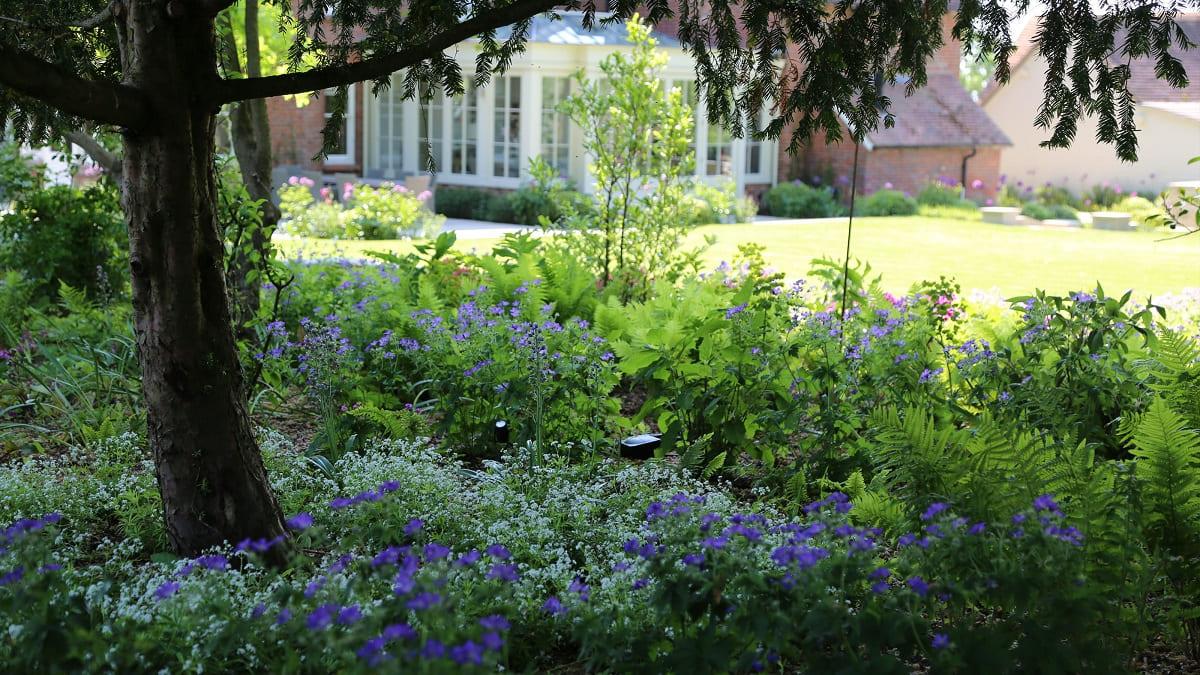
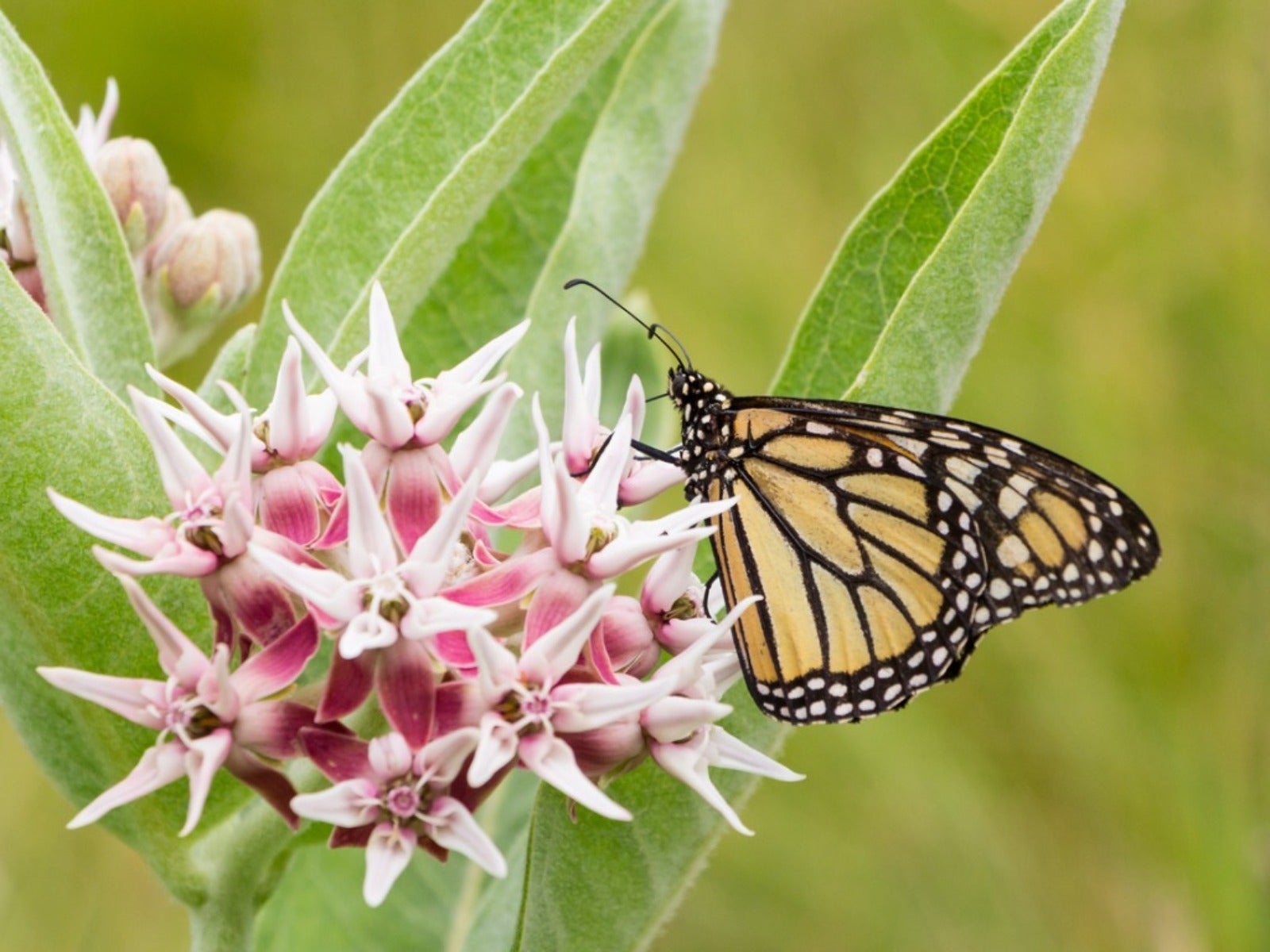
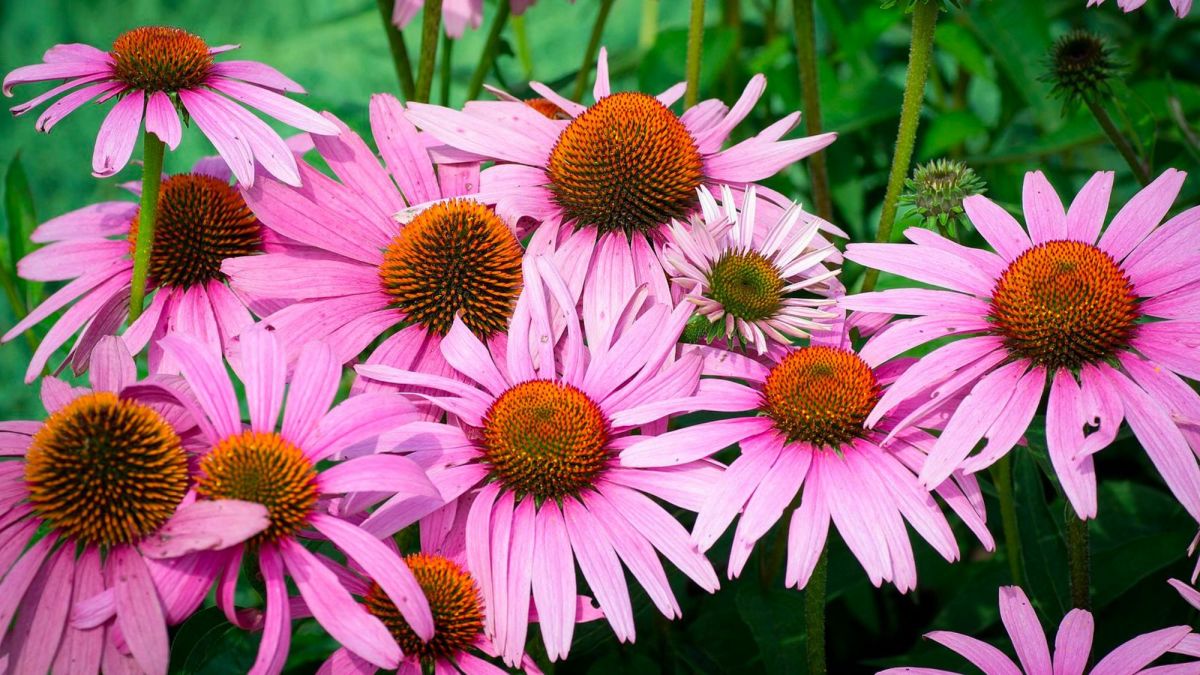
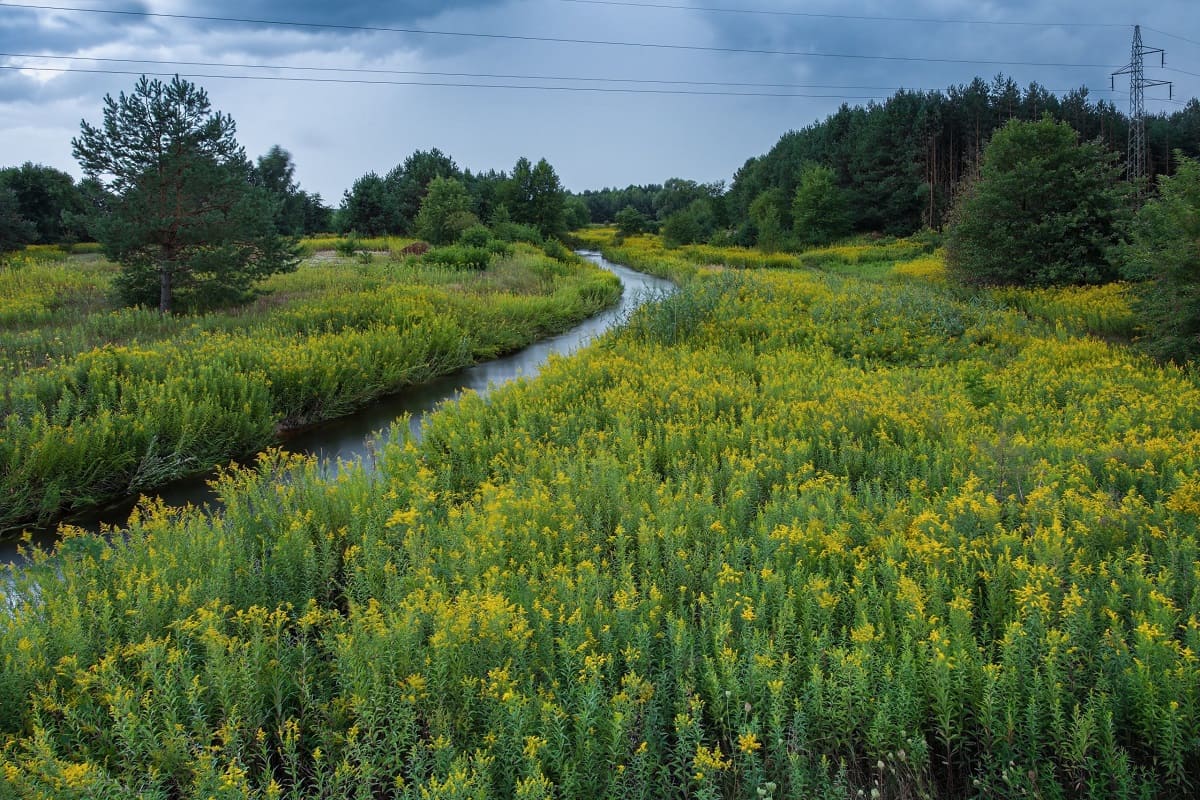
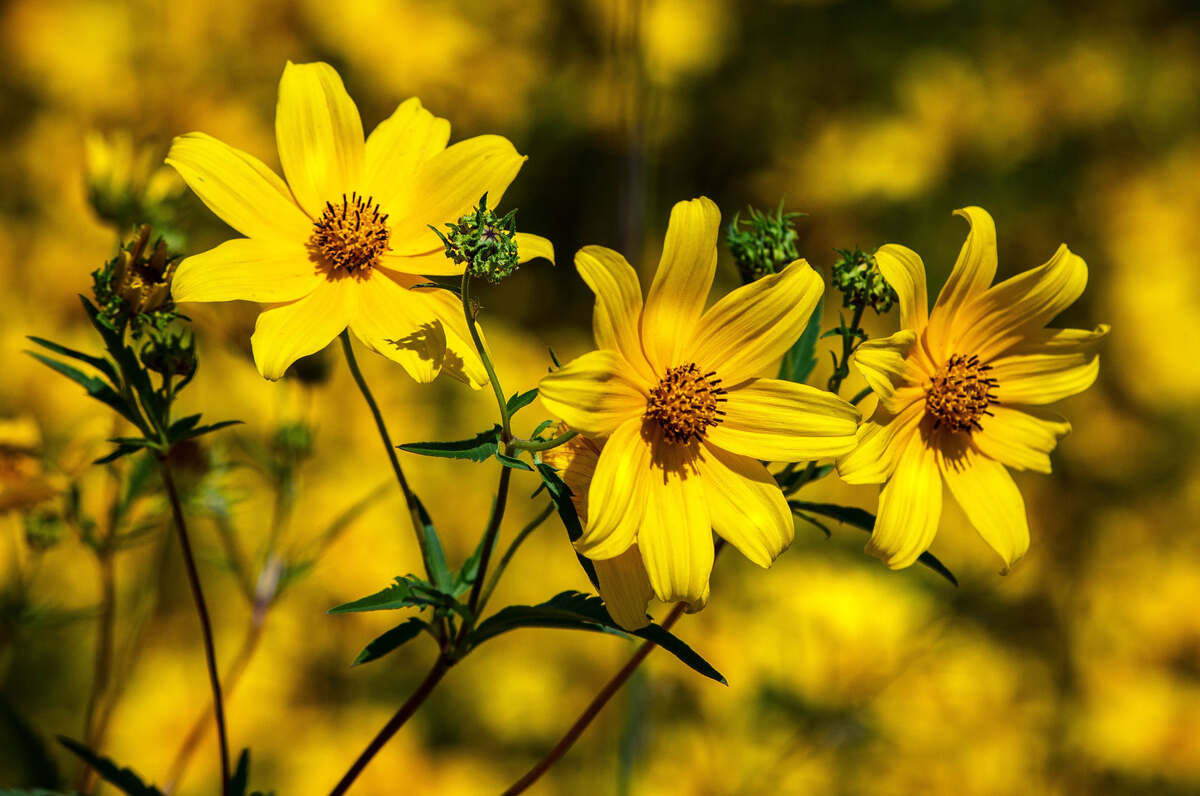
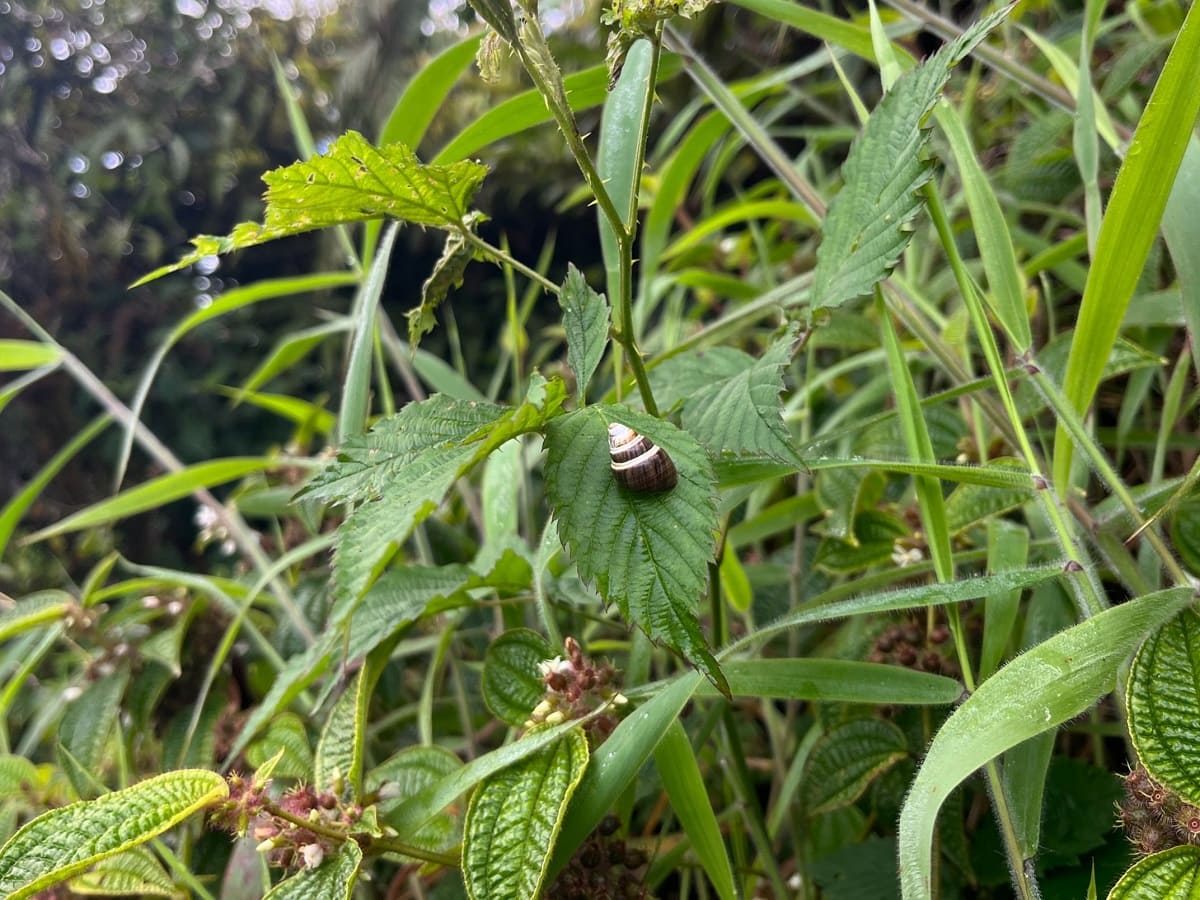
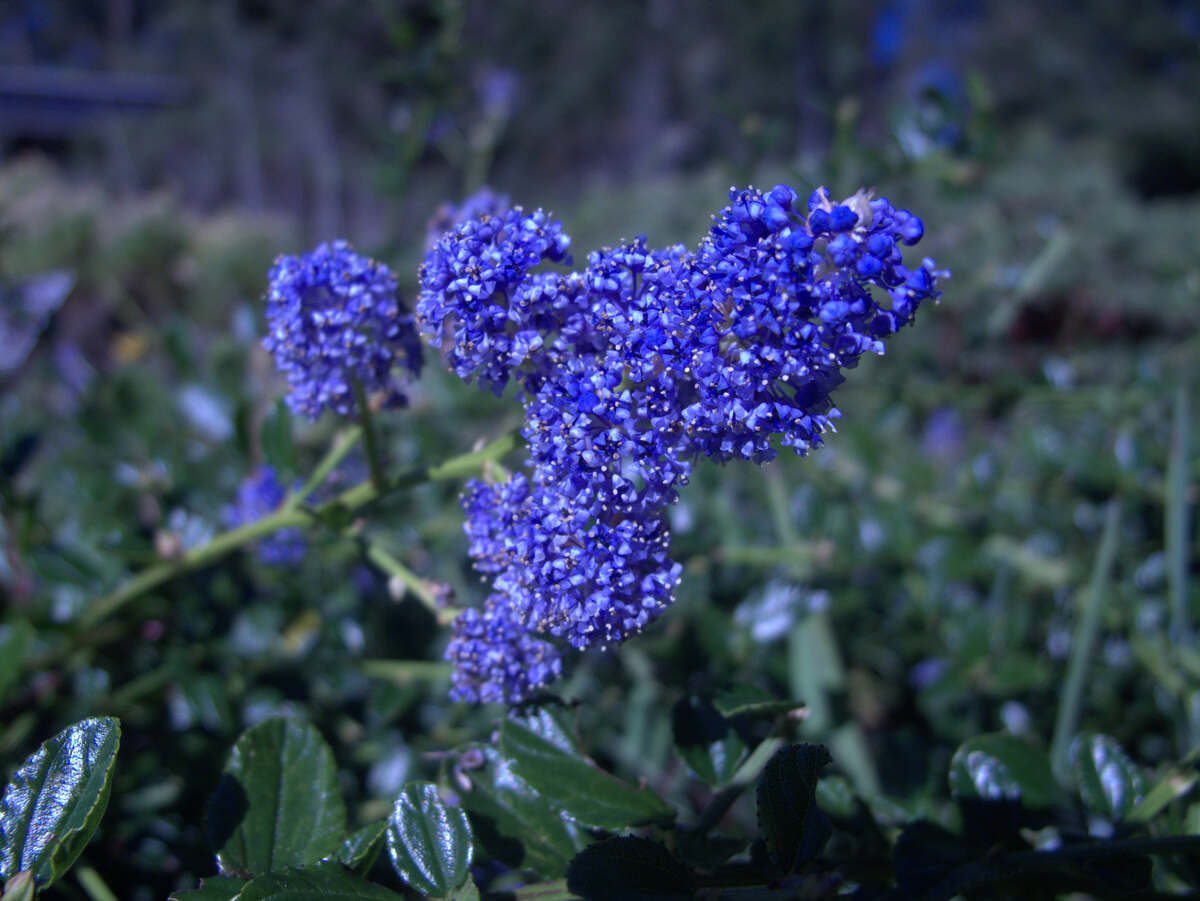

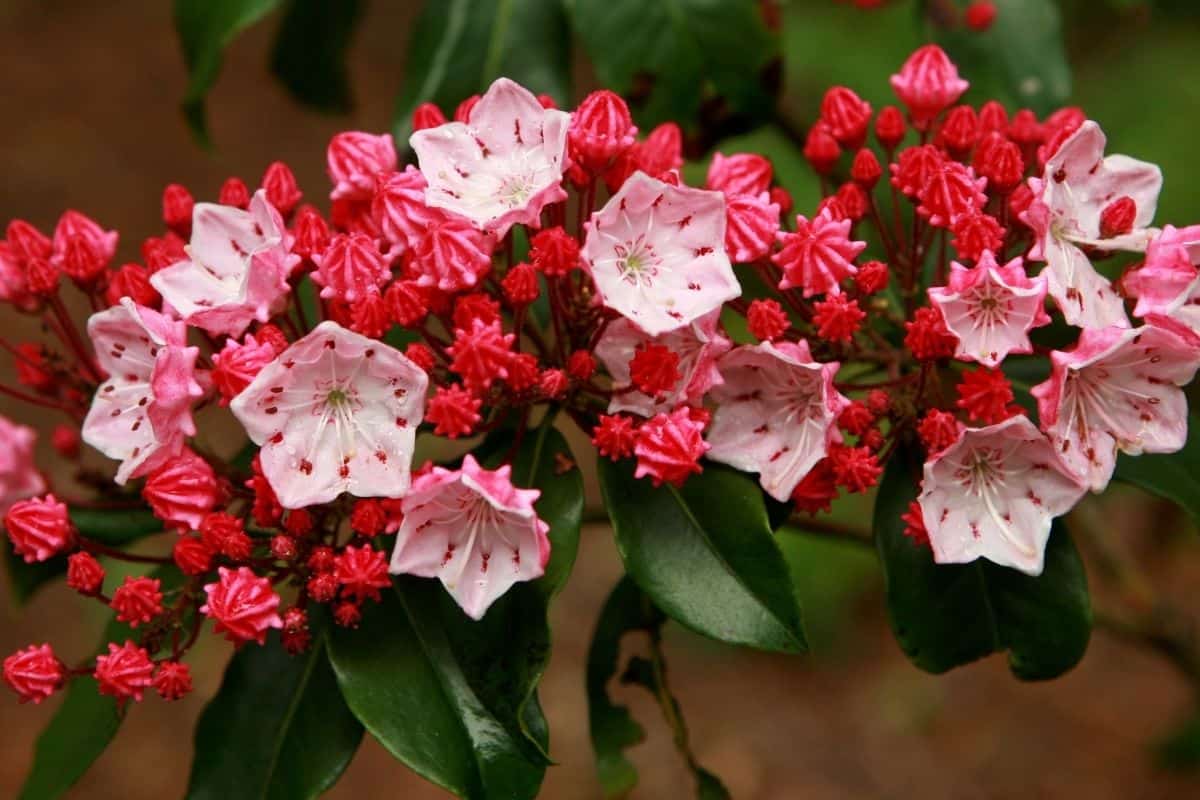
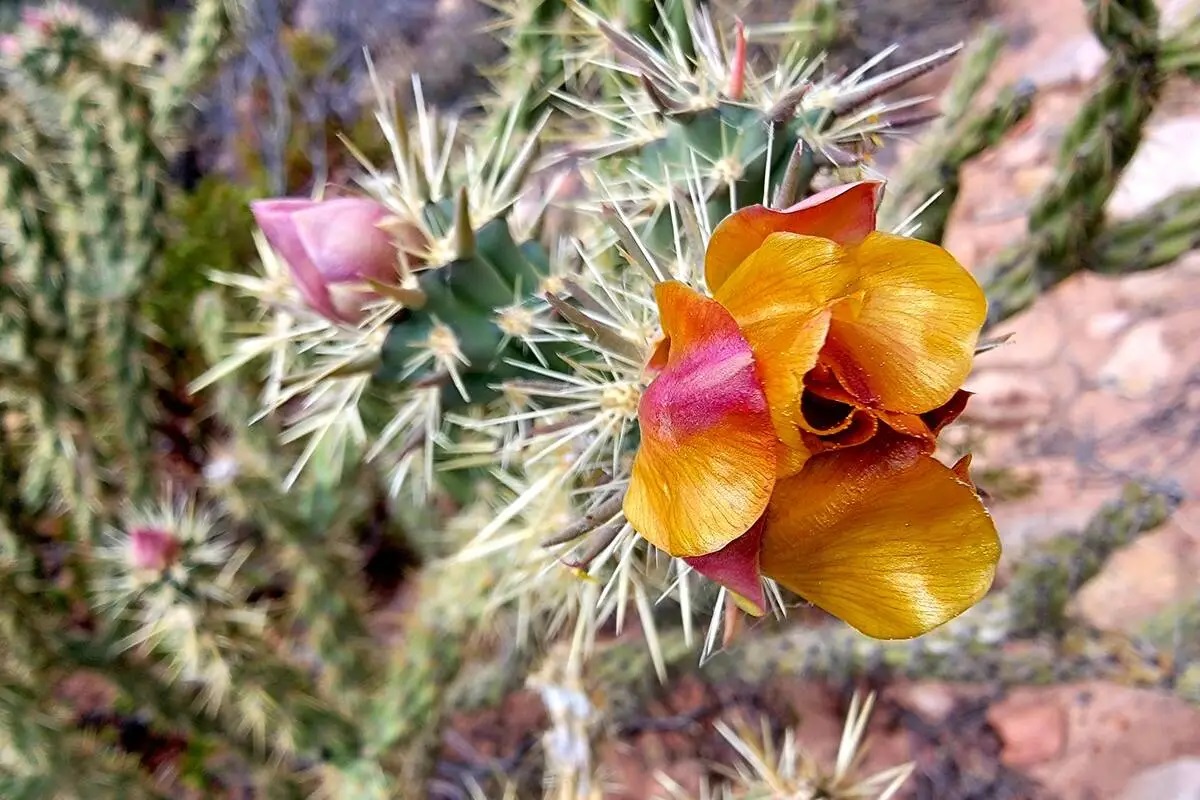

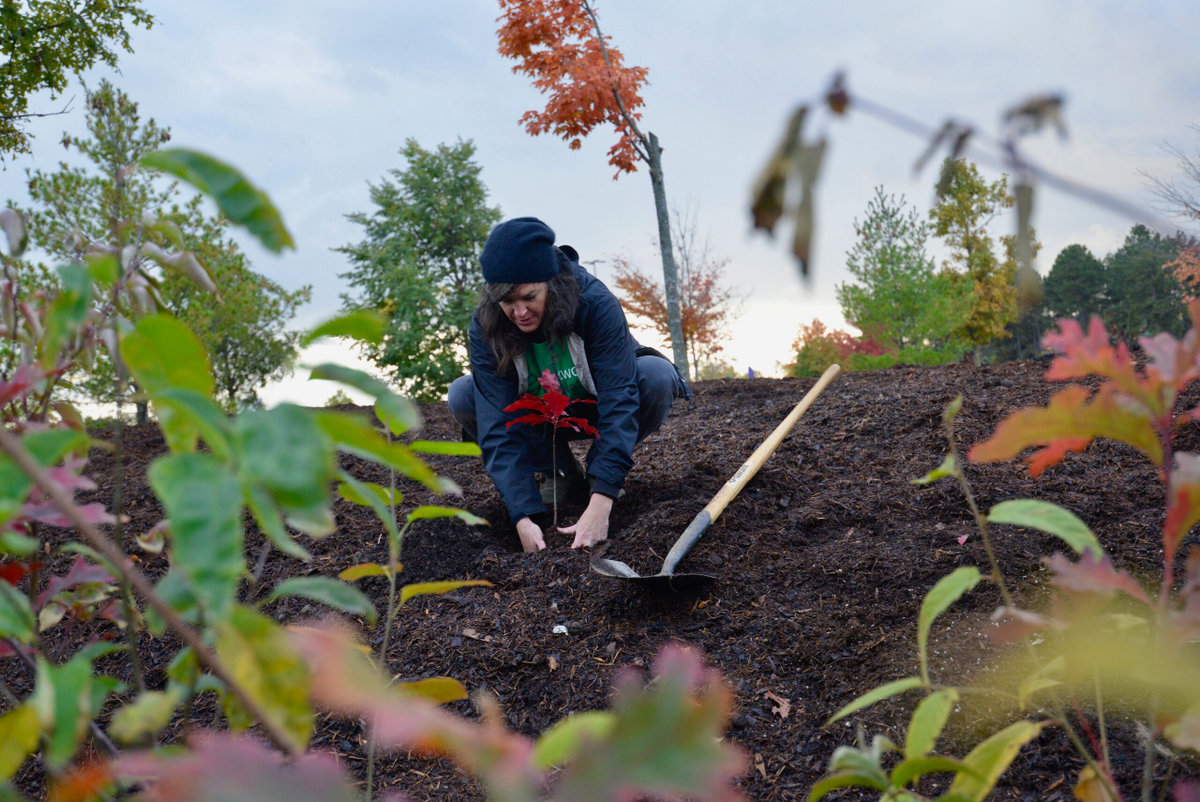

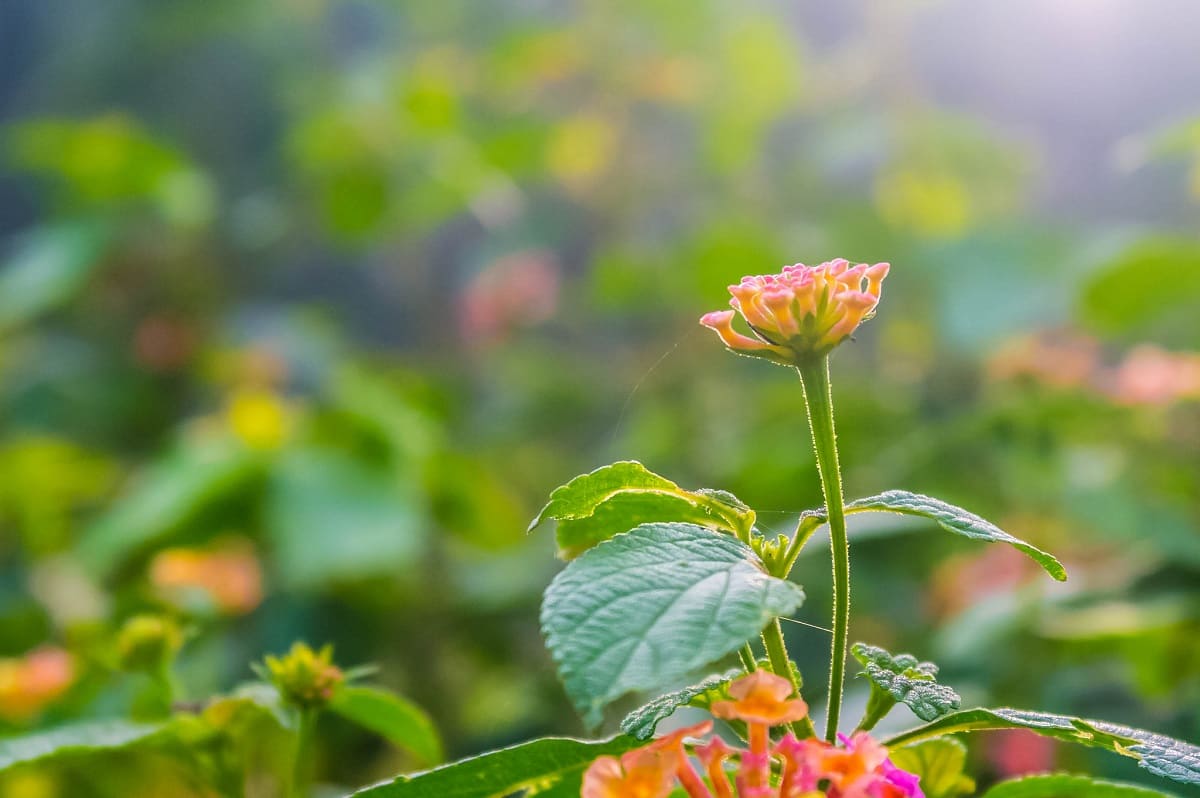

0 thoughts on “What Is The Native California Plants With Medicinal Properties”